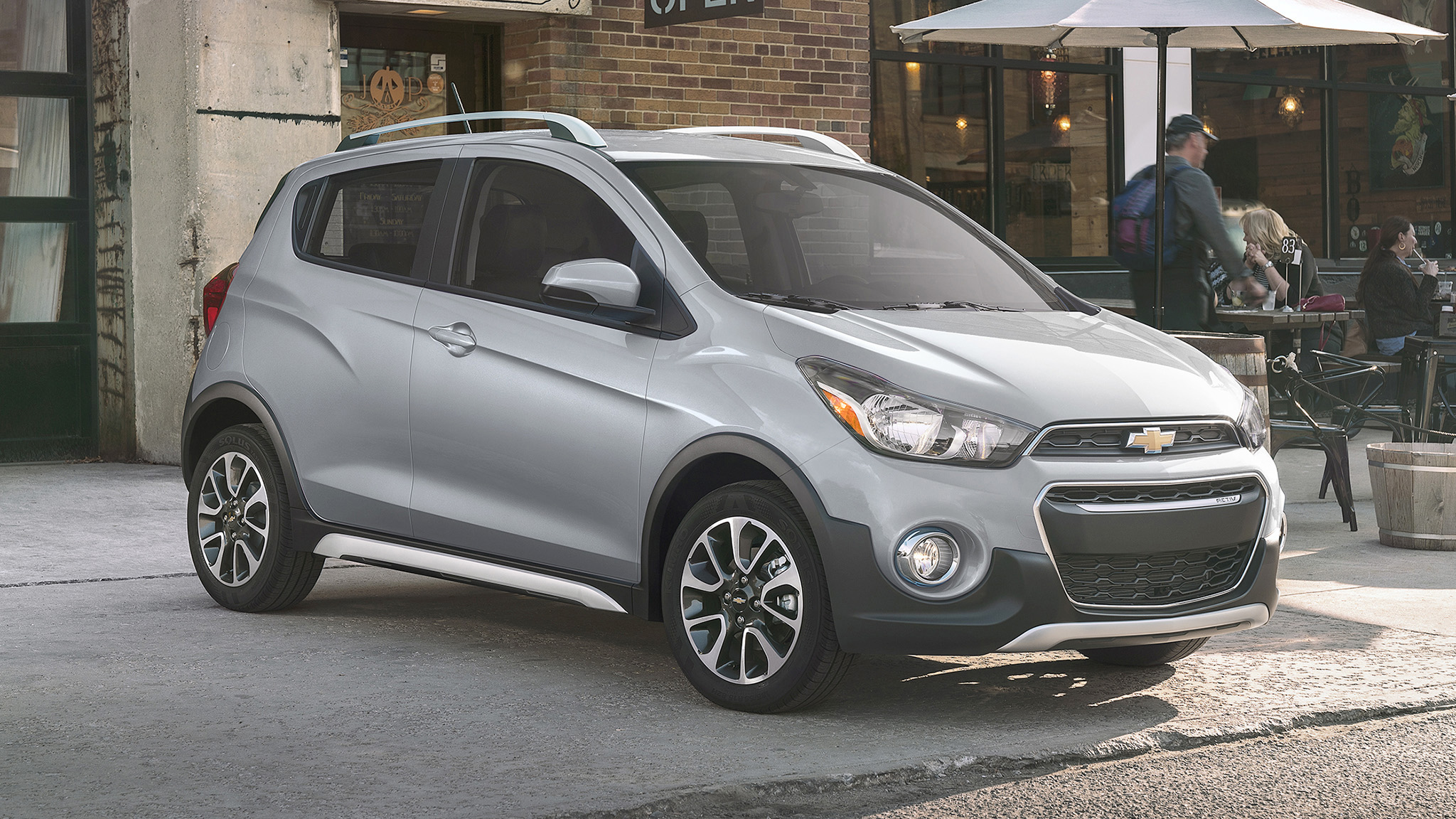2022 Mitsubishi Mirage Expert Review
Reviewed by Duncan Brady
The Mitsubishi Mirage hatchback and the Mirage G4 sedan are two of the smallest, least expensive new vehicles you can buy. Mitsubishi introduced the current generation in 2011 and has issued two face-lifts since, the most recent bringing a modern infotainment system, LED headlights, and automatic emergency braking for 2021. The Mirage competes with other subcompact cars including the Kia Rio, Nissan Versa, and Chevrolet Spark.
What's New
- Return of the Black Edition
- Passenger-side vanity mirror is now standard
- Welcome and departure lighting is now standard
- Automatic headlights and windshield wipers now available on the Mirage SE and BE
What We Think
Let's get this out of the way: Unless your top priority is spending as little up front as possible on a new vehicle, we wouldn't recommend buying a Mitsubishi Mirage. This is basic transportation at its most basic; acceleration is very slow, the ride quality bouncy, the cabin loud, and the steering sloppy. Mitsubishi's three-cylinder engine is thrashy, too, but at least it provides decent fuel economy.
The exterior design improved with last year's update, and the Mirage gained a few features that improve its appeal. A modern infotainment system, automatic emergency braking, and LED headlights make the little Mitsubishi more appealing than it once was but still not worth buying. The low sticker price isn't everything: The 2021 Mirage was rated a Poor overall value by IntelliChoice based on its five-year ownership costs. The competing 2021 Chevrolet Spark, on the other hand, is rated a Good value in its segment.
Performance and Efficiency
With an inexpensive car like the Mirage, we don't expect more than one engine option. The sole available powertrain in Mitsubishi's thrifty subcompact is a 1.2-liter naturally aspirated inline three-cylinder with the lowest output of any production car: 78 hp and 74 lb-ft of torque. Every Mirage is front-wheel drive, but buyers have the choice of a five-speed manual transmission (exclusive to the base Mirage ES) or a CVT automatic.
When we tested a pre-refresh 2014 model, its 0-60-mph slog lasted 12.0 seconds. At least fuel economy is a strong point. The Mirage returns 33-36/40-43 mpg city/highway.
Safety Ratings and Features
In IIHS safety testing, the Mirage earns mostly Good crashworthiness ratings with the exception of a Marginal score in the small overlap front driver-side test. Mitsubishi's entry-level subcompact only earns a four-star overall safety rating from the NHTSA, though, which awards five-star ratings to the vast majority of new vehicles.
Modern active safety features are limited. Forward collision warning and automatic emergency braking became standard for the 2021 model year, but that's about it. Lane departure warning and automatic high-beams are standard on the range-topping Mirage SE.
Cargo Space and Interior Room
The amount of space you and your passengers will have inside your subcompact Mitsubishi depends on whether you go for the Mirage hatchback or the Mirage G4 sedan. Both models offer 41.7 inches of legroom up front, but rear-seat passengers will be happier with the sedan's 37.3 inches of rear legroom compared to the hatchback's 34.2 inches.
What the hatchback lacks in rear seat legroom, it makes up for in cargo capacity. The liftback Mirage can hold 17.1 cubic feet of cargo behind the rear bench or 47.0 cubic feet with the seats folded down. Sedan buyers only get 12.4 cubic feet of space in the trunk, though it's important to note that the cargo areas of sedans and hatchbacks/SUVs are measured differently.
Technology
For such an inexpensive vehicle, the Mirage has a passable infotainment suite. As of last year, all models now include a 7.0-inch touchscreen system that includes Apple CarPlay and Android Auto. Automatic climate control is standard, too, as is a rearview camera, Bluetooth audio streaming, and a four-speaker audio setup.
Cheap Car, Bad Value
Even if the Mirage is one of the cheapest cars on the market, it may cost you more money in the long run than a pricier alternative. We turn to our pals at IntelliChoice to determine five-year cost of ownership estimates based on insurance, depreciation, fuel, maintenance, financing, state fees, and repair costs.
Looking at the numbers, you could spend five years driving a base Toyota Corolla—which has nearly twice the power, modern active safety features, and great safety ratings—for around $29,500. The same five years in a base Mirage G4 ES? That will set you back nearly $32,500 (mostly a result of higher insurance, depreciation, and maintenance costs), plus you'll have to spend five years driving a Mitsubishi Mirage instead of a Toyota Corolla.
Recommended Trim
We struggle to recommend any variant of the Mirage given its poor value, unimpressive safety ratings, and miserable driving experience. That said, if you want one of the least expensive new vehicles on sale and to take advantage of Mitsubishi's 10-year/100,000-mile powertrain warranty, we'd say go ultra-cheap and buy a manual Mirage ES hatchback. The base car still gets the 7.0-inch infotainment screen and basic active safety tech, and it might be a little quicker with the manual.












